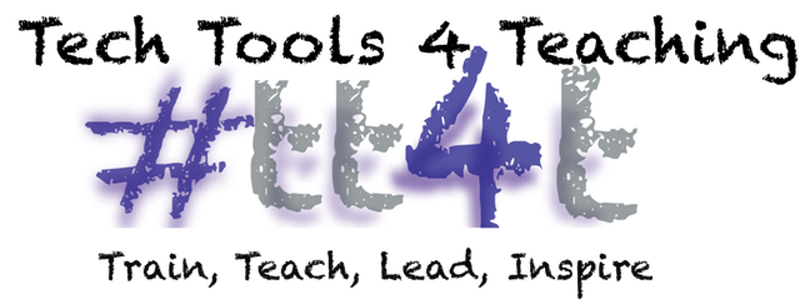Creating a Blended Learning Environment is actually quite manageable and can be set up pretty quickly. Here are five critical ingredients to setting up a Blended Learning Environment.
1. Online Learning Environments
Online learning environments simply need to be a place where assignments can be posted and work can be shared. This can even be a combination of two places. Wikispaces provides a free platform where individuals join up and post information. Documents, links, and other media can easily be posted there as well as downloaded for easy access. Wikis are nice if the intention is for all the members to be able to contribute. Some good examples of wikis include Wikispaces and Google Sites. Edmodo provides a great learning platform with over 30 million current participants. Edmodo is free to join and even allows grades to be posted there. Edmodo has been around for years and it continues to support online learning activities and virtual classrooms.
2. 24 Hour Access to Information
A true blended learning model provides 24 hour access to information for both teachers and students. Teachers need to be able to view and monitor student progress online, and students need to be able to access assignments and have the convenience of turning in work online. Google takes care of this as well as Edmodo and Wikis. Weather, minor illnesses, and schedules should not impede learning. Google Drive - Access to documents from anywhere makes Google Drive a perfect tool for blended learning. Students can start their work, share it with their teacher or collaborate with other students. You have the ability to check in at any time, make comments, even edit as they go! Then there is no need to collect the work. It is already turned in!
YouTube - Uploading lessons to YouTube may seem like a scary, public way to do things, but uploading screencasts from sites like Screencast-o-matic or Screenr can be set to unlisted so that the only way to find them is if the link is shared directly to you. Don’t forget, if you are a Mac user that screencasts are easily made in Quicktime and can be shared directly to YouTube. Even better, by embedding the videos into your website, your kids can watch the videos without actually going to YouTube where they may be distracted by their favorite videos!
3. Periodic Face-to-Face Interaction
Some educators may shy away from a Blended Learning Environment, because they fear that they will lose that in-person interaction. As good as our technology is, relationships are key to high achievement. Planning for that interaction is critical. The idea is that teachers can tailor their interactions with their students more effectively as they are monitoring student work. As students access content online, they are self directed, freeing the teacher up to make one on one and small group connections with students as needed! Google Hangouts are a great way to connect face-to-face when the roads are closed. You can get up to 15 people in a hangout and it can also be recorded and posted to your YouTube channel for those who were unable to participate.
4. Solid Instructional Design
It isn’t enough to let the technology do the work for you. With Blended Learning, teachers still stick to good instruction, high quality curriculum, and rigorous demands, but the traditional four walls of a classroom are not always necessary.
5. Student Centered Focus
With Blended Learning, students have more control over when and where they accomplish learning tasks. All of those YouTube videos give students the ability to stop, rewind, and fast forward to the parts they do not understand. In addition, as you build a library of screencasts and lessons, students can move ahead in a more self paced environment while still allowing you the ability to control what they view and how they demonstrate their learning to you.
With Google Drive, students can access their work from a multitude of devices and computers. As long as they have internet connection, they are set to research, collaborate, and complete tasks. Monitoring student work through Drive is a powerful tool for teachers.
The philosophy of student centered learning also allows for easy differentiation for students. Tiered assignment can be completely confidential without students looking over each other’s shoulders to compare their learning.
The thought of setting up your own Blended Learning Model can be intimidating, but if you take small steps now to make your content available online you will be doing your students a great service. The traditional four walls of the classroom simply do not apply in today’s fast paced, technology driven culture. Meet your kids where they live and benefit from being able to provide learning opportunities on any given day in any kind of weather.
Happy Snow Day!!
Written by: Jenny Krzystowczyk
@jennykbps
along with guest blogger, Dave Zukor, Wyzata Schools, MN






